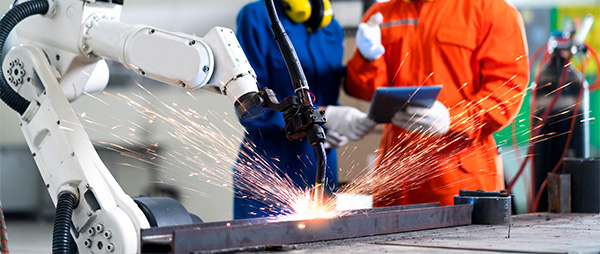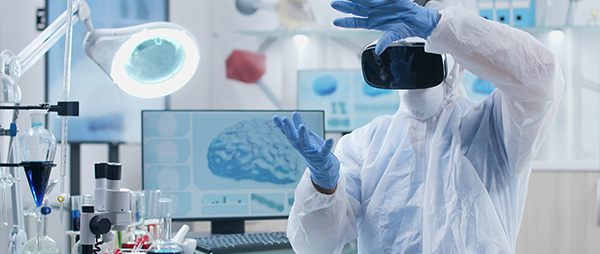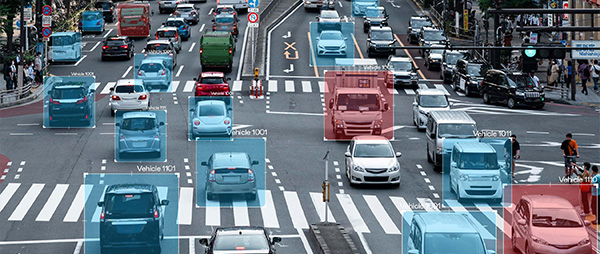What is AIoT? Artificial Intelligence & the Internet of Things
The Artificial Intelligence of Things (AIoT) represents the collaboration of Artificial Intelligence (AI) with the Internet of Things (IoT). This integration is transforming the way devices collect, analyse, and make decisions based on data. It’s a significant step towards a smarter, more efficient world where technology anticipates and meets needs with minimal human intervention.
Defining AIoT: The convergence of AI & IoT
AIoT combines the data collection capabilities of IoT with the analytical power of AI. This convergence enables devices to process information and respond intelligently, often without human input, leading to more responsive and adaptive systems.
The evolution of AIoT: From concept to reality
AIoT has progressed from a theoretical idea to a practical technology that’s being implemented across various sectors. Its evolution is marked by the development of smarter devices and systems that can learn from data, allowing for productivity and efficiency refinements.
The significance of AIoT in the digital era
In the digital age, AIoT is crucial because it brings a new level of automation and intelligence to systems and processes. It allows for the creation of smart environments that can adapt in real-time to changing conditions and user needs. And as the world becomes more connected, companies are emphasising the importance of data collection and analytics. The combination of IoT and AI is having a huge impact on the efficiency of this process.
The core components of AIoT
AIoT is built on the integration of two key components: IoT’s data collection and AI’s data processing. This combination enables devices to not only collect information but also to understand and act upon it.
The role of IoT in AIoT: Connectivity & data collection
IoT provides the infrastructure for devices to connect and communicate. It’s the foundation of AIoT, enabling the collection of vast amounts of data from various sources, these could be remote sensors recording moisture and temperature data or even patient or traffic monitoring systems. The applications of IoT are endless.
The impact of AI in AIoT: Analytics & decision making
AI provides the ability to analyse vast amounts of data collected by IoT devices. AI systems can then process this information to make decisions, often in real-time, leading to actionable insights and automated responses. This in turn enables businesses to be more agile.
How AIoT is transforming industries
AIoT is revolutionising industries by enabling more efficient and intelligent operations, from manufacturing to healthcare, smart cities, and retail. Companies that adopt IoT, especially AIoT, earlier than their competitors can gain a significant advantage in the space.
The benefits of AIoT implementation
AIoT offers numerous benefits, such as increased operational efficiency, improved decision-making, and cost savings through automation.
Challenges & considerations in AIoT deployment
Deploying AIoT solutions comes with challenges, including data privacy, interoperability, and the need for robust infrastructure.
Best practices for AIoT integration
Adopting best practices is crucial for successful AIoT integration, ensuring that the technology is deployed effectively and delivers the expected benefits.
Strategic planning for AIoT initiatives
Strategic planning is the first step towards successful AIoT deployment, aligning technology with business goals and objectives.
Building a skilled team for AIoT development & management
A skilled team with expertise in AI, IoT, and data analysis is essential for developing and managing AIoT systems. It’s a good investment to hire specialists that can help you to roll out your IoT infrastructure.
Partnering with AIoT solution providers: What to look for
Choosing the right AIoT solution provider is crucial. Businesses should look for providers with a proven track record, robust security measures, and strong support systems.
Embracing AIoT for a smarter world
AIoT is more than a technological innovation; it’s a driver for creating a more intelligent and responsive world. As businesses and individuals embrace AIoT, they unlock the potential for technology to enhance and streamline various aspects of life. The path towards an AIoT-driven future is complex, but with careful planning, skilled implementation, and ongoing management, it offers a promising horizon for all.






